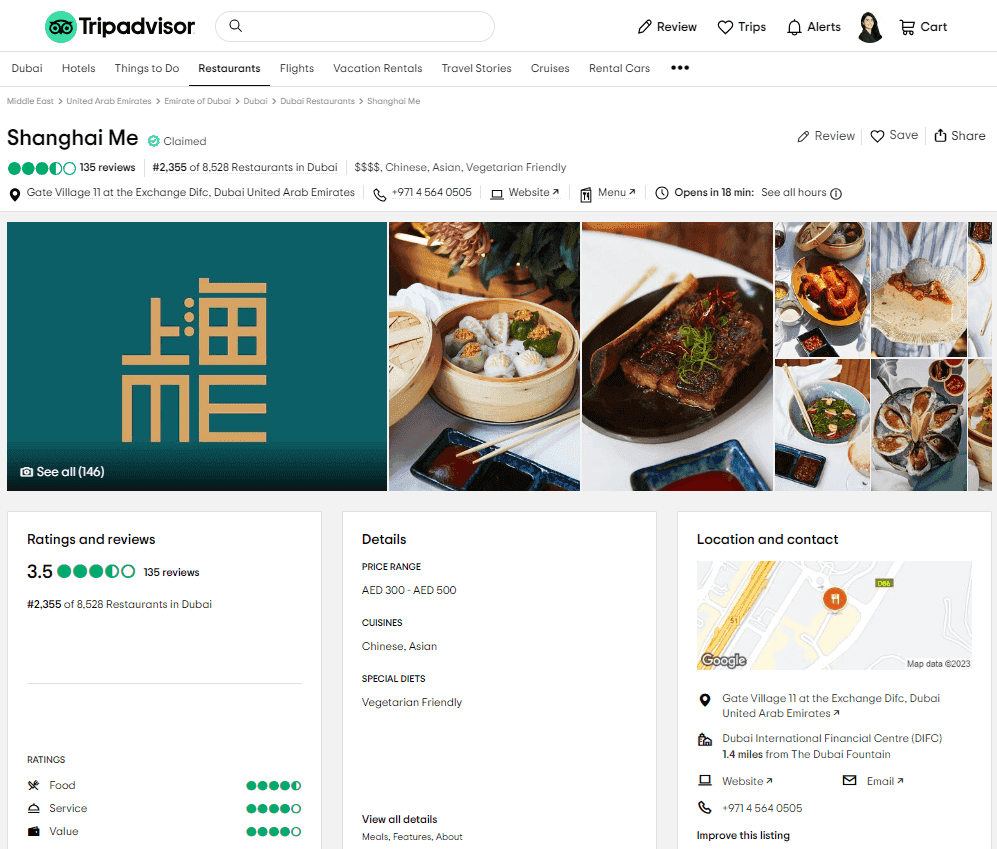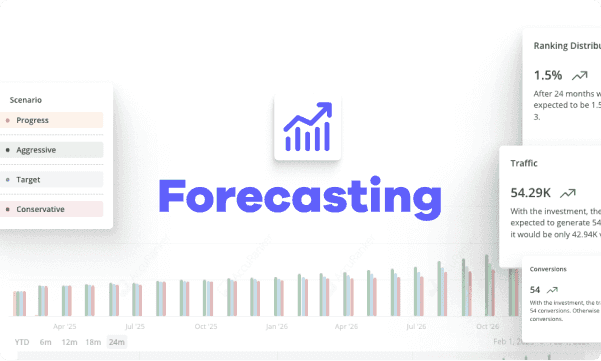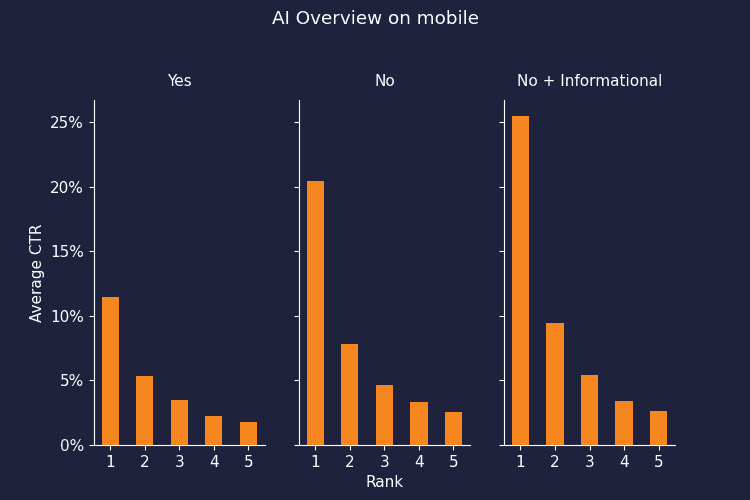The Rise of Social Commerce: How to Leverage Social Media for Sales
Last updated on Wednesday, October 25, 2023

Social commerce refers to the fusion of social media and e-commerce, creating a dynamic platform where consumers can discover, engage with, and purchase products directly within their social media networks. It holds immense importance for businesses and consumers alike as it enables businesses to tap into the power of social media to reach a broader and more engaged audience.
For consumers, it offers a seamless shopping experience where they can discover and purchase products without leaving their preferred social media platforms. In this article, we’ll provide a comprehensive overview of social commerce, shedding light on its significance and how it has evolved over time. So, let’s start!
The Evolution of E-commerce and Social Media
E-commerce has its roots in the early days of the internet. It began as a simple concept of online shopping, where consumers could purchase products from websites. The late 1990s and early 2000s saw the emergence of pioneering e-commerce platforms like Amazon and eBay. These platforms introduced features such as online payments and user reviews, which built trust and convenience for online shoppers.
Platforms like Friendster, MySpace, and eventually Facebook created spaces for people to connect, share content, and interact online. The intersection of e-commerce and social media marked a significant turning point.
As consumers increasingly turned to social media for product discovery and recommendations, businesses saw an opportunity to integrate their e-commerce efforts with these platforms. Approximately 76% of consumers reported that they had made a purchase based on something they saw on social media. This led to the development of features like "buy" buttons and shoppable posts, which allowed users to make purchases directly through social media.
Benefits of Social Commerce
Social commerce offers several benefits to businesses and consumers alike. Here are some key advantages:
Enhanced Customer Engagement
By integrating social media platforms into the shopping experience, businesses can interact with customers in real-time, answer their queries, provide assistance, and engage them through discussions and interactive content. This innovative approach opens up a world of online business ideas, such as virtual personal shopping services or live product demonstrations, which can set your brand apart in today's competitive market.
Instagram Shopping
Instagram Shopping allows businesses to tag products in their posts. Users can tap on these tags to view product details and make purchases directly within the app. This feature not only engages customers but also streamlines the buying process and helps creators boost instagram likes with increased interaction.

Increased Brand Visibility
By leveraging popular social networks like Facebook, Instagram, and TikTok, brands can showcase their products or services to millions of potential customers. Moreover, the use of hashtags, influencers, and user-generated content can amplify a brand's visibility, making it more discoverable to users who may not have actively sought it out.
TikTok Hashtags
TikTok's algorithm shows users content from accounts they don't follow, which means that businesses can gain significant exposure through engaging and creative TikTok videos. For instance, the #TikTokMadeMeBuyIt hashtag trend showcases products that have gone viral on the platform, boosting brand visibility.

Personalized Shopping Experiences
Social commerce platforms excel at delivering personalized shopping experiences. They utilize data analytics and algorithms to track user behavior, preferences, and past interactions.
Amazon Personalized Recommendations
Amazon uses machine learning algorithms to analyze user behavior and suggest products based on past purchases and browsing history. This level of personalization enhances the shopping experience by showing customers products they are more likely to be interested in.

Social Proof and Trust Building
Social commerce relies heavily on social proof, which refers to the influence of others' opinions and actions on a consumer's decision-making process. Customer reviews, ratings, and user-generated content on social media serve as powerful forms of social proof.
Yelp
Customer reviews and ratings on platforms like Yelp or TripAdvisor provide social proof for businesses. Positive reviews and high ratings can significantly impact a consumer's decision to choose a particular restaurant or hotel. This builds trust in the brand and helps customers make informed choices.

Tripadvisor

Strategies for Leveraging Social Media for Sales
Leveraging social media for sales requires a well-thought-out strategy that includes choosing the right platforms, identifying your target audience, creating compelling content, building an engaged community, and implementing social commerce features. Here's a detailed breakdown of each aspect:
Create Compelling Content
Research and identify which social media platforms are most relevant to your target audience. Consider demographics, user behavior, and the nature of your products or services.
Focus on platforms where your potential customers are most active.
Visual Content
Showcase your products or services with high-quality images and videos.
Tell a story or solve a problem through your visual content.
Consistency in style and branding is key.
Interactive Content
Engage your audience with interactive content that encourages participation.
Use polls and quizzes to gather data and insights about your audience.
Build an Engaged Community
The key to successful social media sales is to prioritize building relationships and delivering value to your community while aligning your strategies with your business goals.
Foster Two-Way Communication
Respond promptly to comments, messages, and mentions.
Engage in conversations and build relationships with your followers.
Show appreciation for positive feedback and handle negative feedback professionally.
Encouraging User-generated Content
Encourage your community to share their thoughts and experiences.
Create branded hashtags to promote user-generated content.
Feature user content on your profile.
Responding to Customer Queries and Feedback
Provide excellent customer service by addressing questions and concerns.
Use social listening tools to monitor brand mentions and sentiment.
Continuously improve based on feedback received.
Implementing Social Commerce Features
The success of implementing social commerce features relies on understanding your audience, choosing the right platform, and creating a seamless and engaging shopping experience within the social media environment.
Here's how you can implement social commerce features to expand your reach and boost sales.
Shoppable Posts
Utilize shoppable posts to tag and link products directly in your posts.
Make it easy for users to discover and purchase products without leaving the platform.
Buy Buttons
Enable buy buttons on your profile or posts for quick and seamless purchases.
Ensure a smooth and secure checkout process.
Checkout Platforms
If available, use online and mobile checkout platforms for a seamless shopping experience.
Provide multiple payment options and a secure transaction environment.
Measuring and Analyzing Social Commerce Performance
By systematically measuring and analyzing your social commerce performance, you can fine-tune your strategies, allocate resources effectively, and maximize the sales potential of social media for your business. Here's a structured approach to measuring and analyzing social commerce performance:
Key Metrics to Track
Here are some key metrics to track and analyze social commerce performance.
Conversion Rate
This metric measures the percentage of visitors to your social commerce platform who complete a desired action, such as making a purchase or signing up for a newsletter. It's a fundamental indicator of how well your social media efforts are driving sales.
Click-through Rate (CTR)
CTR measures the percentage of users who click on a link or ad in your social media posts or ads. It shows how engaging your content is and how successful your call-to-action (CTA) is at driving traffic to your commerce platform.
Return on Investment (ROI)
ROI helps you assess the profitability of your social commerce efforts. It calculates the ratio of the revenue generated from social media sales to the costs associated with your social media marketing campaigns.
Tools and Analytics Platforms
Utilizing appropriate tools and analytics platforms can provide valuable insights into customer behavior, engagement levels, and the overall success of your social commerce efforts. Here's a breakdown of how Google Analytics and Social Media Insights can be used for this purpose:
Google Analytics
Google Analytics is a robust web analytics tool that can help you track website traffic, user behavior, and conversions originating from social media. Set up goals and e-commerce tracking to measure conversion rates and ROI accurately.
Social Media Insights
Each major social media platform offers its own set of analytics tools. For instance, Facebook Insights, Instagram Insights, Twitter Analytics, and LinkedIn Analytics provide data on engagement, CTR, and audience demographics.
Challenges and Pitfalls in Social Commerce
The practice of selling products or services through social media platforms has gained significant momentum in recent years. However, like any emerging industry, it comes with its own set of challenges and pitfalls. Here are some key challenges and pitfalls in social commerce:
Privacy Concerns and Data Security
Social commerce relies heavily on user data and collecting and handling user data can lead to privacy concerns. Businesses need to ensure robust data protection measures, comply with relevant regulations (e.g., GDPR, CCPA), and be transparent about how they collect, use, and store user data.
Competition and Saturation
The social commerce landscape is highly competitive and can become saturated with numerous businesses vying for consumer attention. Standing out in a crowded market requires innovative marketing strategies, unique value propositions, exceptional customer service, and an understanding of changing consumer preferences.
Maintaining Authenticity and Trust
Authenticity is essential in social commerce. Consumers can be wary of scams, counterfeit products, fake reviews, and dishonest practices. Businesses need to build trust through genuine interactions, transparent communication, authentic product information, and reliable customer service. Monitoring and addressing fraudulent activities promptly is crucial.
Cross-Platform Compatibility and User Experience
Social commerce often involves various platforms and devices. Ensuring cross-platform compatibility and delivering a consistent user experience across devices (e.g., desktop, mobile, tablet) is a challenge. Optimizing for different screen sizes and ensuring fast-loading pages are essential for user satisfaction.
Customer Engagement and Retention
Retaining customers in the dynamic social commerce environment can be difficult. Businesses need to continuously engage customers, provide personalized experiences, offer incentives, and utilize data analytics to understand customer behavior and preferences. Building a loyal customer base requires consistent effort and innovation.
Future Trends in Social Commerce
To stay competitive, businesses should closely monitor the latest developments in social media and adapt their strategies accordingly. Here are some trends to watch for:
Augmented Reality (AR) Shopping Experiences
AR will likely play a significant role in enhancing the shopping experience. Customers will be able to virtually try on products, visualize how items fit into their homes, or get detailed information about products through AR applications.
AI-powered Personalization
AI algorithms will become even more sophisticated, tailoring product recommendations and content to individual users. This level of personalization will increase engagement and conversions.
Integration with Messaging Apps and Chatbots
Social commerce will integrate with messaging platforms like WhatsApp and Facebook Messenger, allowing users to shop directly within conversations. Chatbots will assist with customer inquiries, recommendations, and transactions.
Conclusion
By effectively leveraging the tools and strategies, businesses can tap into the vast potential of social commerce to not only boost sales but also foster lasting relationships with their audience. In doing so, they position themselves at the forefront of a transformative era in e-commerce, where the lines between social interaction and commercial activity continue to blur, offering boundless opportunities for innovation and growth.

Article by:
Nayana Bhasurasen
SEO Tech Lead and Outreach Manager at Visme
Nayana is a passionate Digital Marketer who specializes in SEO, Email Marketing, Social Media Outreach and Community Relationship Management. She is currently the SEO Tech Lead and Outreach Manager at Visme.


